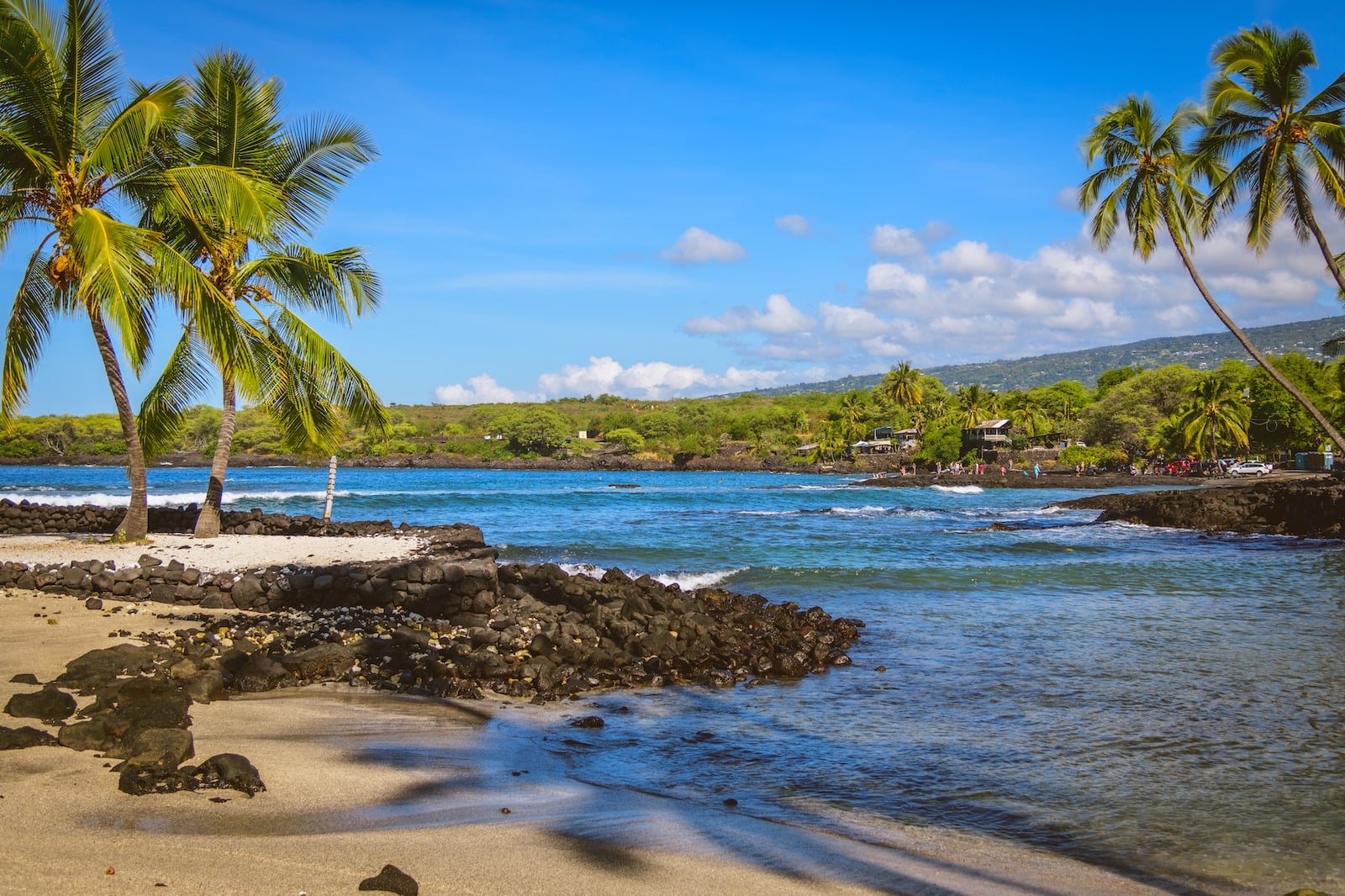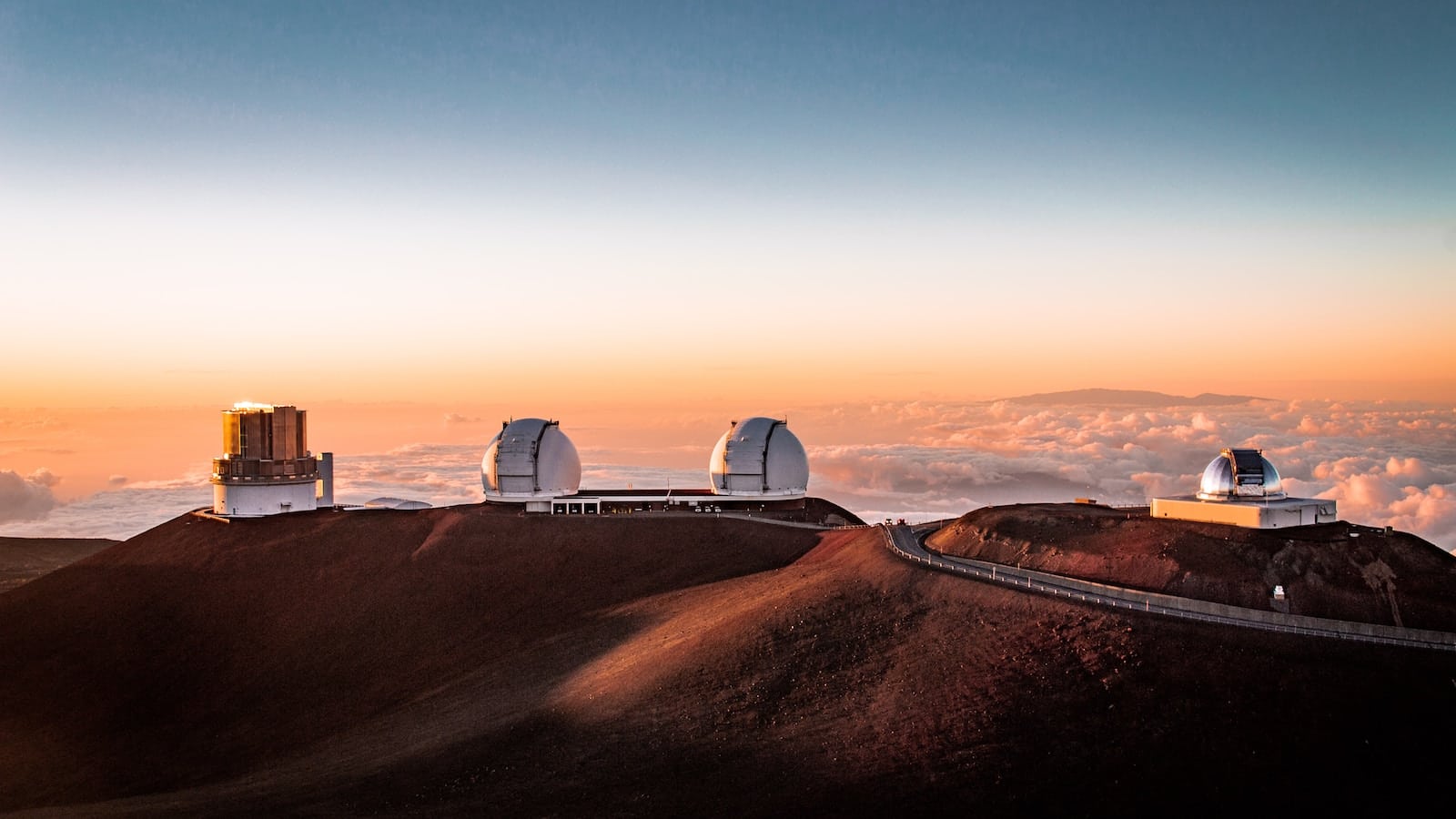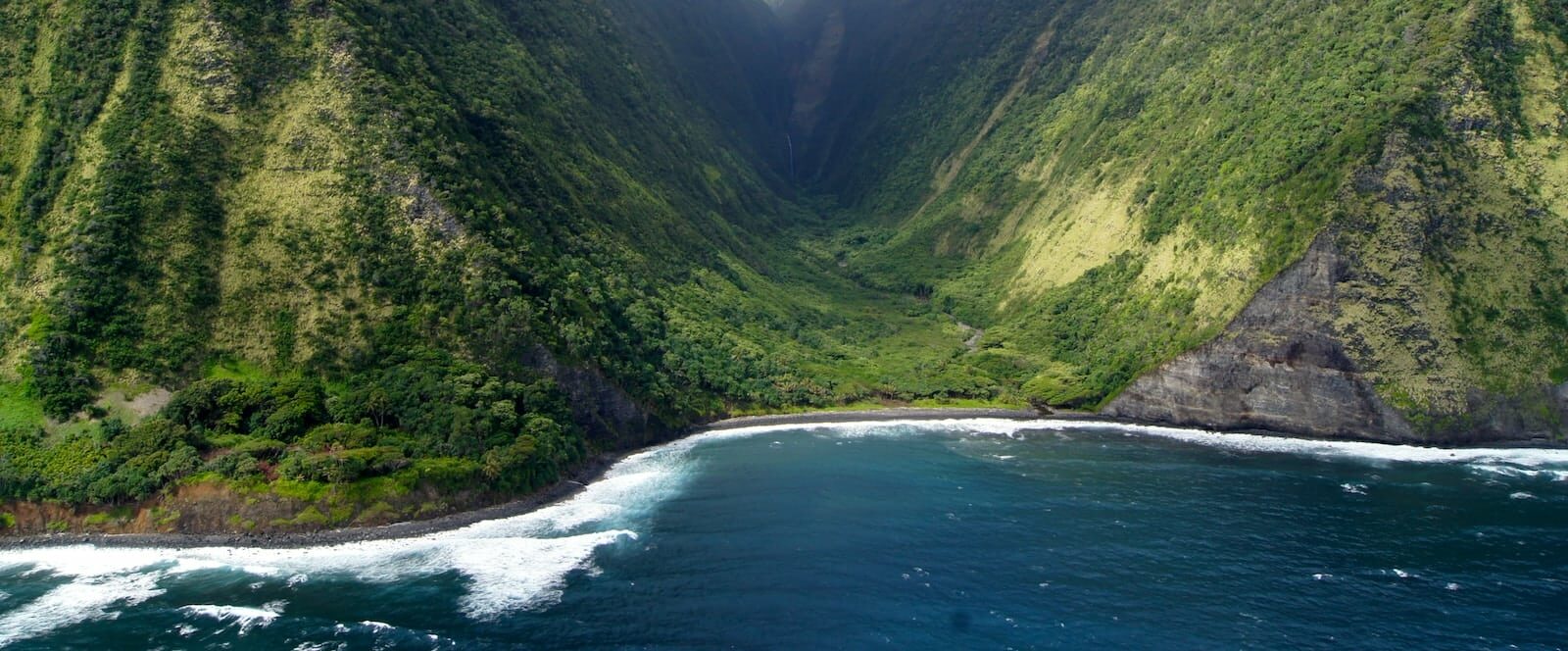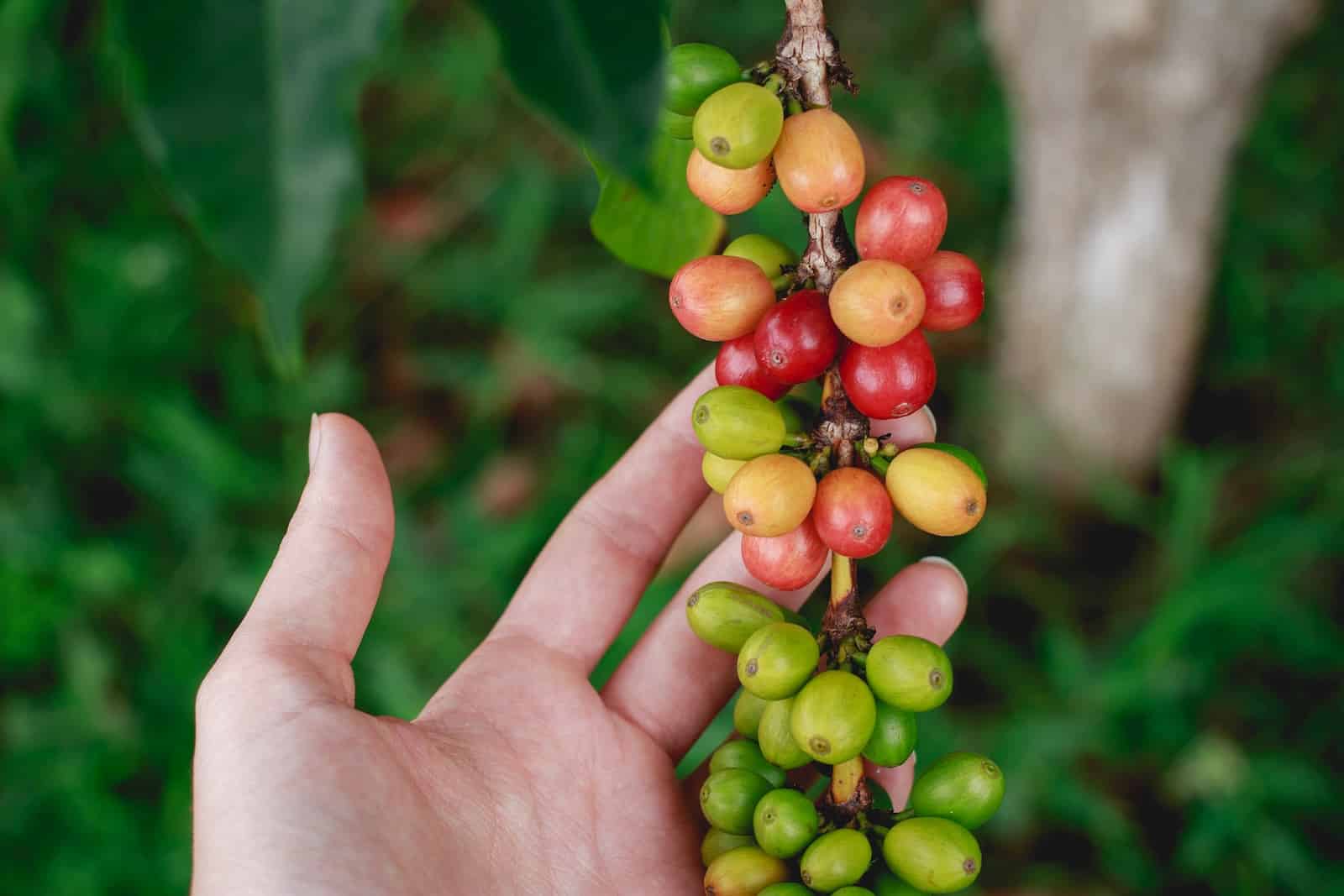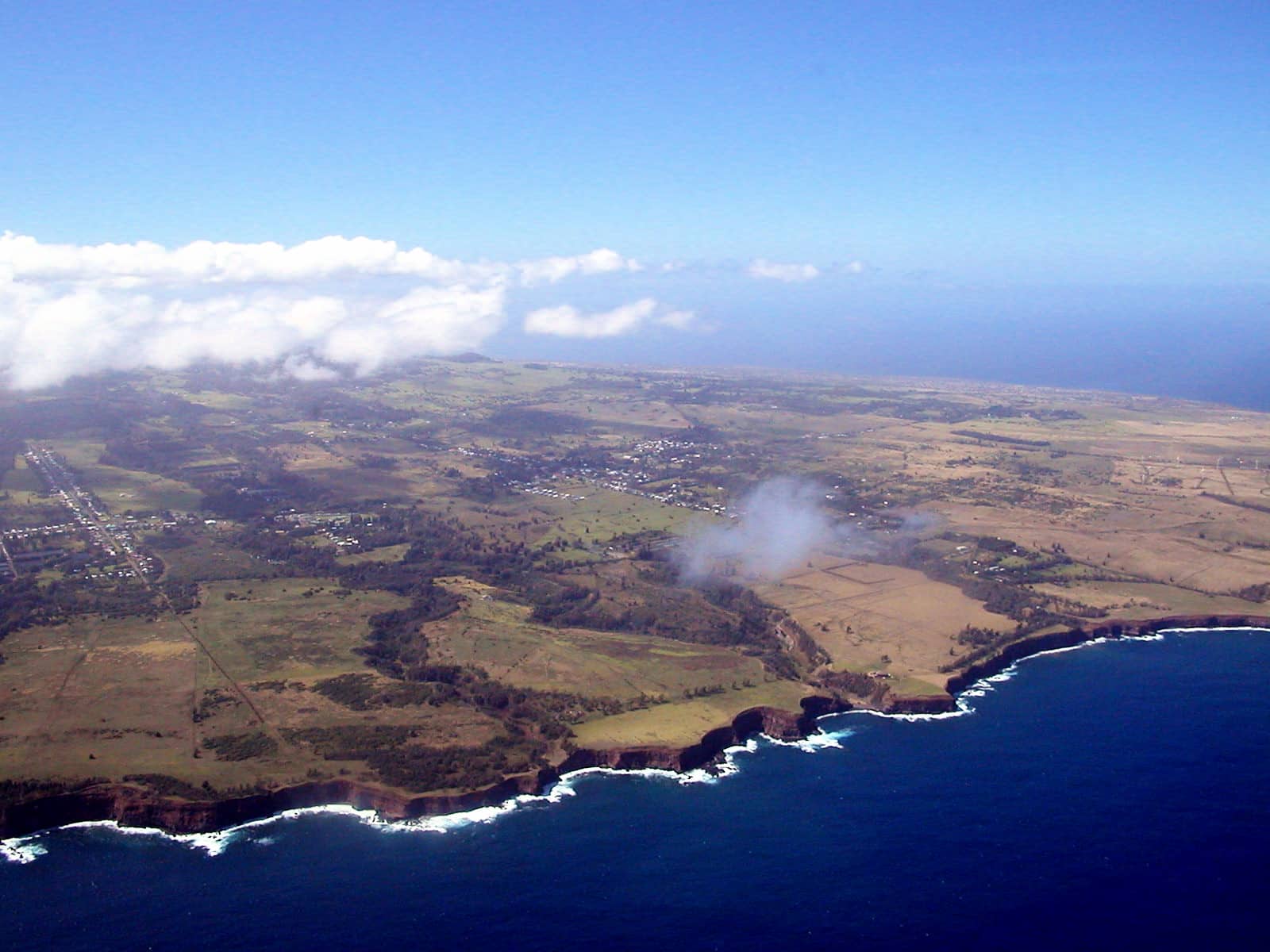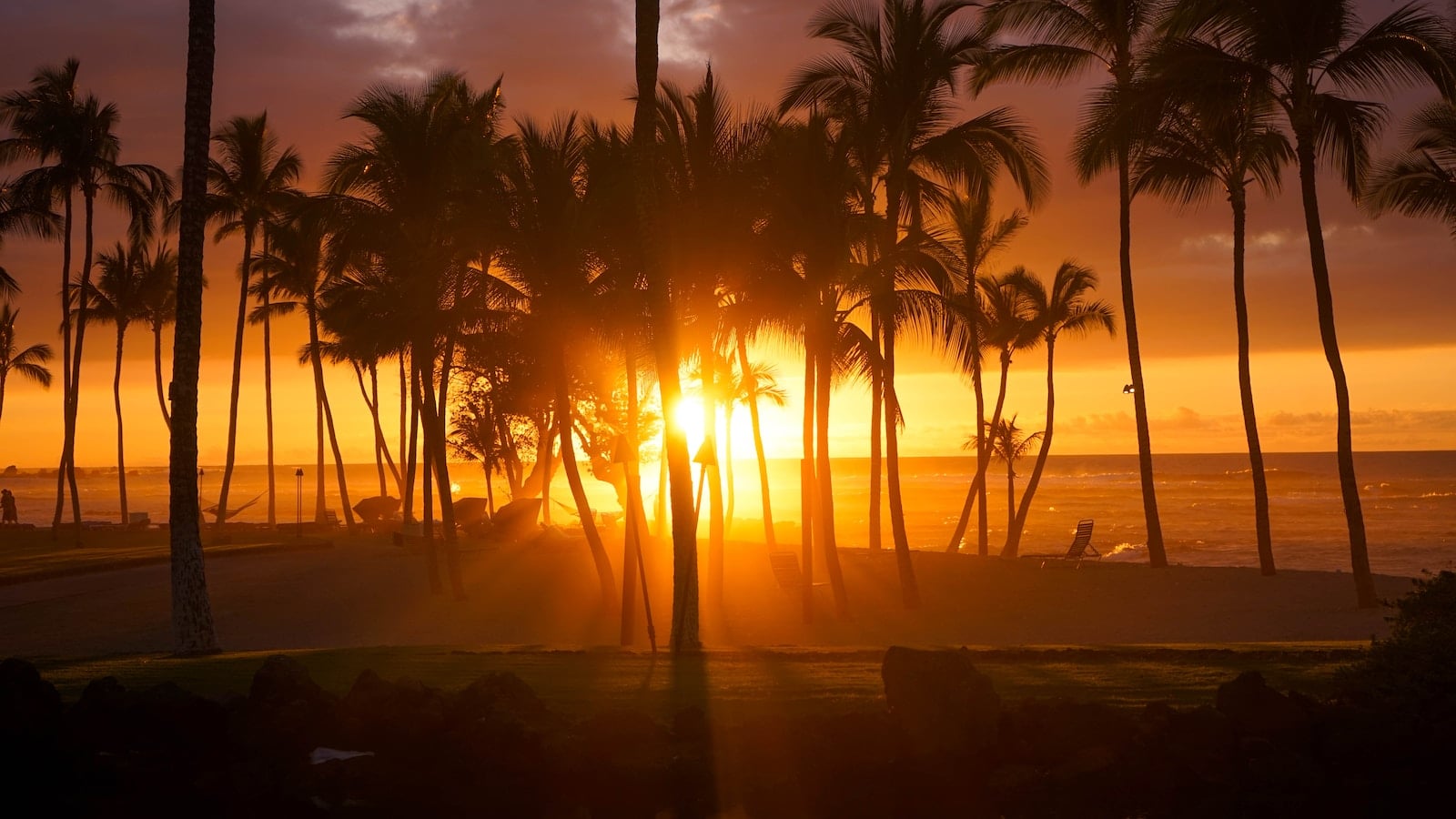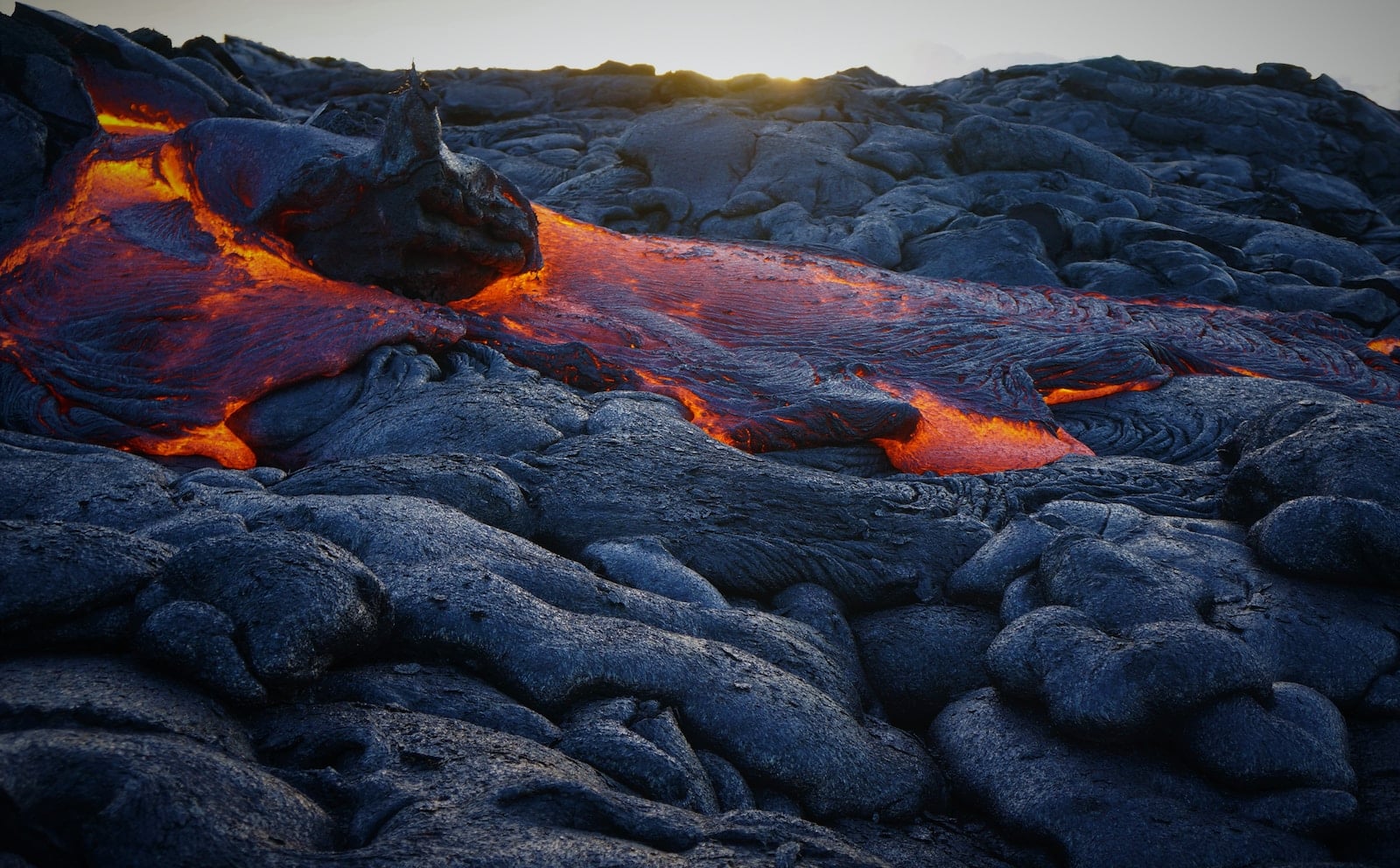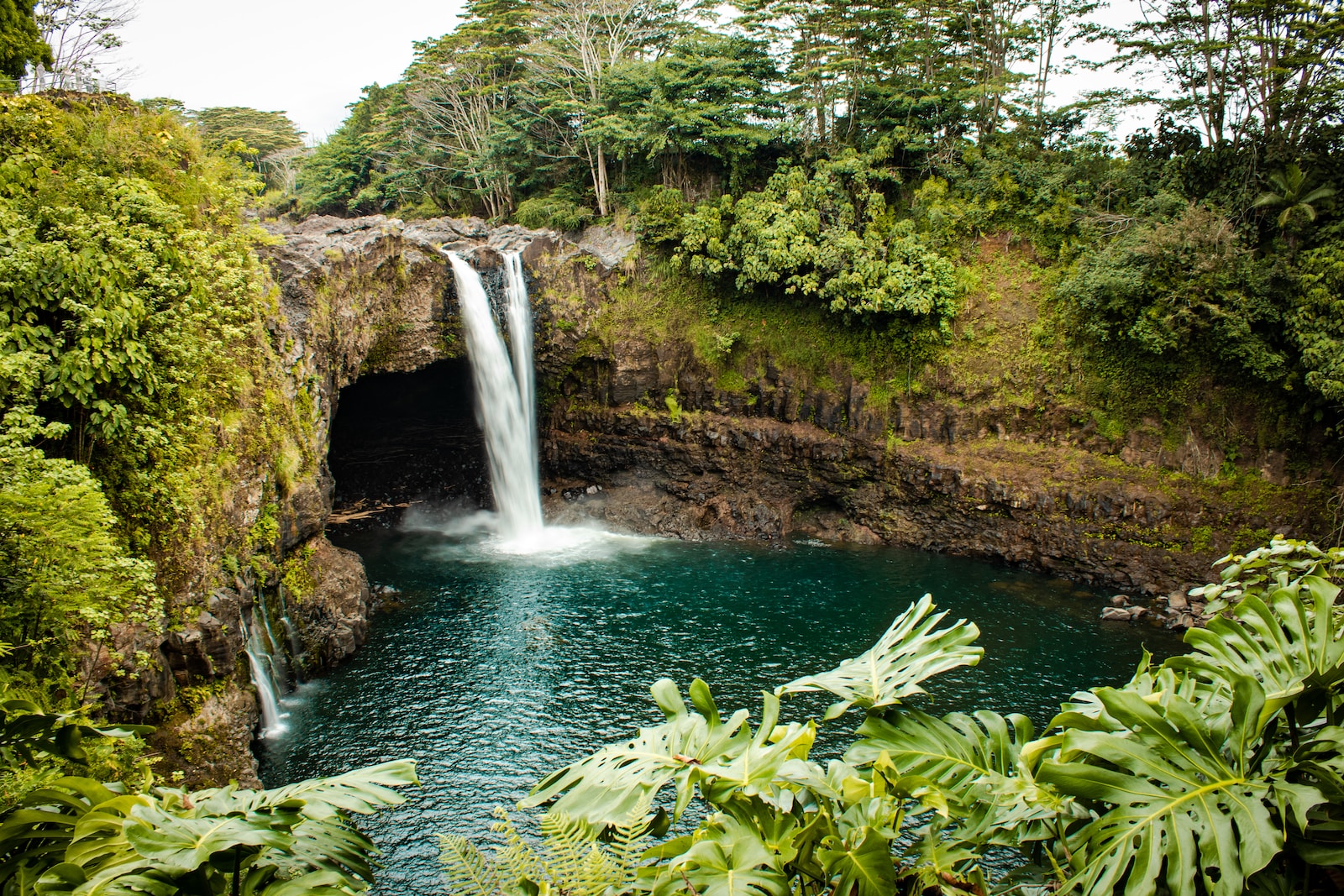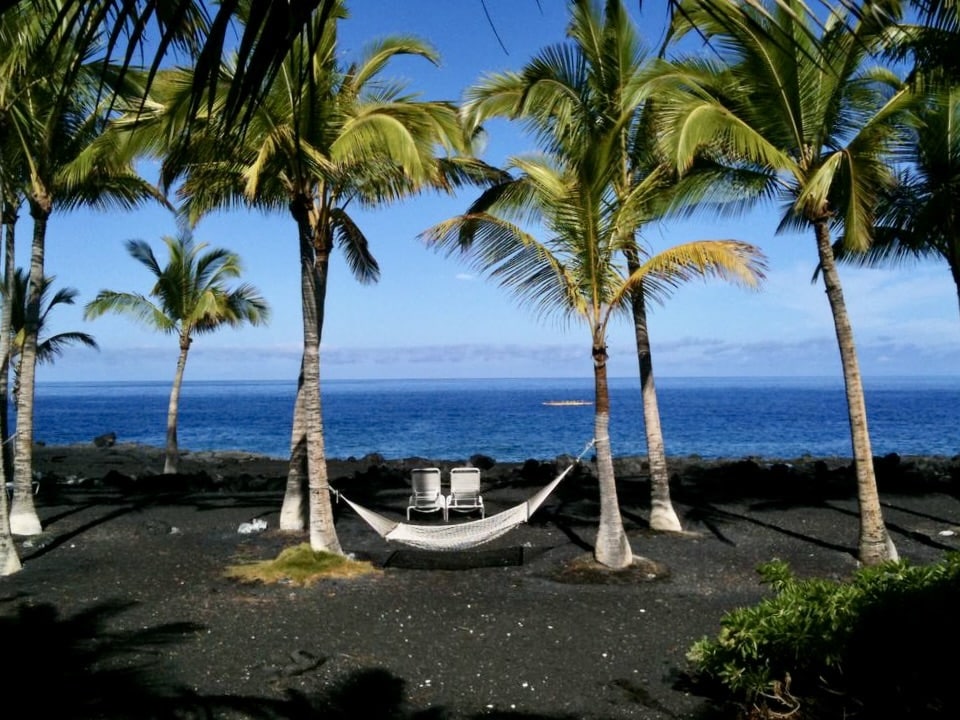Wild beaches, fiery volcanoes, rain forests, coffee farms, ancient lands
Hawai‘i’s Big Island (usually “the Big Island” for clarity by everyone except locals who correctly call it Hawai‘i) is a place of primal power and elemental spirit. Diversity is its middle name and almost unbelievable superlatives are its calling card.
Let’s start with her -est claims to fame. She boasts the clearest skies on the planet; the two tallest mountain peaks in the world as measured from the sea bottom; Hawai‘i’s best collection of world-class resorts; the most active volcano; the southernmost point in the U.S.; the most powerful telescopes in the world; the calmest waters in the state; and the most feared Hawaiian goddess (Pele).
Variety and dichotomy are the spice of Big Island life. She is stark with black lava and white coral, black sand beaches, and snow-capped mountaintops. Moonscapes and desert landscapes blanket her dry side. That’s where the main tourist centers on the Kohala Coast and the Kona Coast (and Kailua-Kona in particular) are a separate reality. Those regions and the northern Hamakua Coast are rich in Hawaiian history. Rain forests and jungles cut a swath across her wet side; see the Hilo area.
She has five volcanoes, including the famed Hawai‘i Volcano National Park, one green sand beach, and 11 climatic zones. On the same day, you may need pants and shorts, sunscreen, and an umbrella. She is spectacularly fiery, tempting you down a hiking path to her glory. And she is lazy-making, lulling you into submission. Like a mischievous genie, Hawai‘i’s Big Island plays hide-and-seek with travelers, enticing you without easily giving away all the secrets of her soul. — Kim Grant

